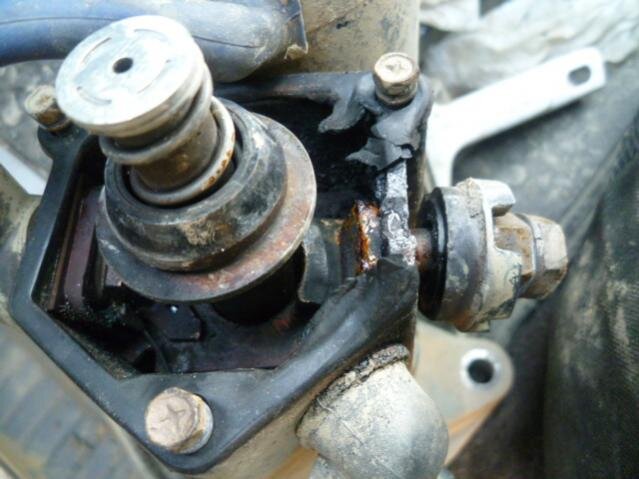Well, I have had a lot of cars. Not as many as some I know, but the vast majority have been Toyota going back 20 years. I have only ever broken down twice in one in all those years, both times it has been in an 80 and both times, it's been a starter motor. Now call me biased, but in my view that's very nearly a trend. Each time it has been very similar. Now, to add to that, when I got the white 80,it needed a starter before it failed completely, so that's original + 1. The white one went as we know, bring in the silver one. That's now 2 originals + one replacement. That starter started playing up and just wasn't fixable so I got one from Karl. That's now 2+2. I did check out all the contacts in there and everything was fine (not down to Karl, I can assure you - unit was perfect) Now of course I have had another go up in smoke. So now we're onto 2+3. Is it me or is that unreasonable in just over 2 years? I do less than 5k per year too. Feel like I need to start carrying a spare one in the boot.
Reading posts other than ours, people do seem to consider the starter as a weak point.
I do have a theory on this. With the starter being 24v there is a good degree of welly going through that. Given the fact that the 1HD-T engine starts on a touch the plunger and contacts barely even kiss each other. If you do quite a bit of stop and start on the engine, as I do, could it be that this is leading to heavy spark erosion of the contacts in there? Would I be better in fact, to turn the key longer and let the contacts touch for a second even though the starter gear would be engaged? Which is better, wear on the gear or wear on the contacts. I can't keep buying starters, it's nuts.
Chris
Reading posts other than ours, people do seem to consider the starter as a weak point.
I do have a theory on this. With the starter being 24v there is a good degree of welly going through that. Given the fact that the 1HD-T engine starts on a touch the plunger and contacts barely even kiss each other. If you do quite a bit of stop and start on the engine, as I do, could it be that this is leading to heavy spark erosion of the contacts in there? Would I be better in fact, to turn the key longer and let the contacts touch for a second even though the starter gear would be engaged? Which is better, wear on the gear or wear on the contacts. I can't keep buying starters, it's nuts.
Chris







